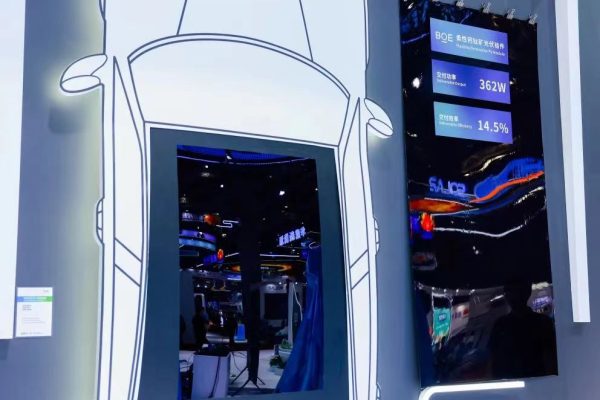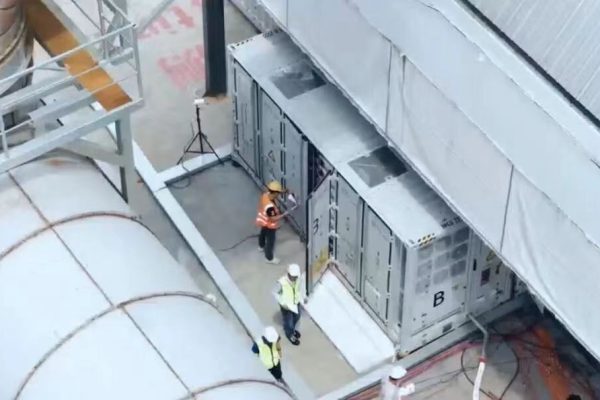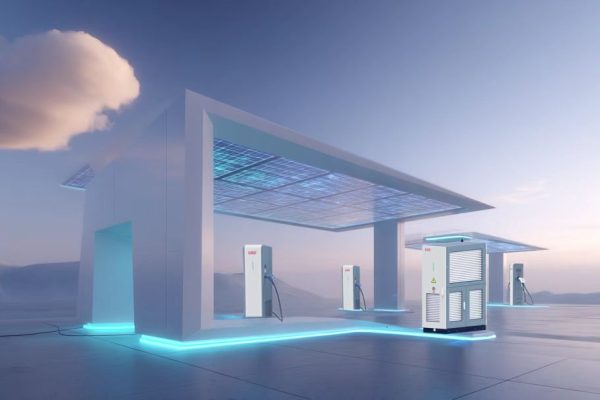A Practical Guide for Smooth System Startup in Residential and Small C&I Installations
Why Commissioning Matters More Than You Think
You’ve selected the right hybrid inverter. The batteries are in place, the PV strings are connected, and the system is ready to go live.
But here’s the problem:
Most system issues show up after installation — and they’re almost always due to improper or rushed commissioning.
For small projects (3kW–50kW), inverter commissioning is often overlooked. Yet it’s your last line of defense before handover. A well-executed commissioning process helps ensure:
- Safety for users and installers
- Optimal performance under real-world conditions
- Warranty compliance
- Remote monitoring is properly set up
- Fewer callbacks and customer complaints
This article offers a practical inverter commissioning checklist tailored for small PV + ESS projects.
Pre-Commissioning Preparation
Before turning anything on, confirm the following:
✅ Documentation
- 📄 Inverter manual downloaded and reviewed
- 📋 System SLD (Single Line Diagram) available
- 🔍 Datasheets for batteries, PV modules, and BOS components
✅ Tools Ready
- Multimeter with DC/AC measurement
- Insulation tester (optional, for grid-tied systems)
- WiFi/RS485 test dongle or app
- Laptop/tablet with vendor’s software/app pre-installed
- Personal protective equipment (PPE)
✅ Environment Checked
- Ventilation confirmed for indoor/floor-mounted units
- Protection from direct sunlight or water (IP rating suitable?)
- No rodents/insects in the cabinet (sealant where necessary)
- Adequate space for airflow and service
PV & Battery Connection Checks
Before powering up the inverter:
| Item | What to Check |
|---|---|
| PV String Polarity | Confirm correct polarity (no reverse connection) |
| PV String Voltage | Within inverter’s MPPT input range |
| Open Circuit Voltage (Voc) | Below max input rating of MPPT |
| Battery Polarity | Confirmed with multimeter |
| Battery Communication | BMS cable (CAN/RS485) properly connected |
| Battery Voltage | Within expected startup range |
| Fuse/Breaker Ratings | Matches current of both PV and battery circuits |
| Grounding | Proper grounding and bonding in place |
If you’re using LFP batteries with hybrid inverters, confirm that the BMS protocol is supported (e.g., “Pylontech,” “SOK,” or “Custom”).
Inverter First Power-Up
⚡ Sequence Matters
Always follow this sequence for hybrid systems:
- Turn ON battery breaker or BMS (if applicable)
- Power up inverter
- Connect to grid (if grid-tied)
- Then activate PV inputs
This prevents startup errors or component mismatch warnings.
🧠 Default Settings to Confirm
Immediately check:
| Setting | Recommendation |
|---|---|
| Grid Standard | Match local grid code (e.g., VDE, G59, UL1741) |
| Battery Type | LFP, NMC, or custom — don’t leave as “default” |
| Battery SOC Calibration | If new, set full SOC manually (usually 100%) |
| Charge/Discharge Limits | Set based on battery spec and project goals |
| Time-of-Use (TOU) Logic | Enable if peak shaving or TOU required |
| Load Priority Settings | Choose between “Load First,” “Battery First,” etc. |
Communication & Monitoring Setup
If you skip this part, your customer won’t know how the system is doing — until something goes wrong.
🌐 Connect to Monitoring Portal:
- WiFi or Ethernet confirmed
- Inverter registered to cloud portal
- Owner and installer accounts created
- Time zone and location set
🧪 Test Remote Functions:
- Battery SOC visible remotely
- PV/battery/load flow updates in real-time
- Alarm/event logs accessible
- Firmware update feature available
This step ensures post-sales support is possible without on-site visits.
Safety & Protection Validation
A crucial but often skipped part of commissioning:
| Protection Feature | How to Test |
|---|---|
| Anti-islanding | Disconnect grid and confirm inverter shuts down |
| Over/Under Voltage Protection | Simulate abnormal voltage (if safe to do so) |
| Over-temperature Protection | Check if fan activates under heavy load |
| Arc Fault Detection | Trigger test mode if available |
| Ground Fault Monitoring | Confirm GFDI trip not active during normal operation |
Note: Some functions may require test modes or manufacturer-specific test procedures.
Final Walkthrough with Client
Before leaving the site:
- Explain the monitoring app and login
- Show where the circuit breakers are
- Print or email a simple “What to do if…” guide
- Provide QR code for support, firmware tools, or warranty registration
Let the customer know what NOT to touch — e.g., don’t turn off the battery breaker randomly.
A Downloadable Checklist (Suggested Format)
You can create a commissioning checklist form for your team to standardize projects:
| Item | Done (✓) | Notes |
|---|---|---|
| PV voltage verified | ||
| Battery voltage & polarity OK | ||
| BMS protocol recognized | ||
| Inverter firmware version checked | ||
| WiFi connected | ||
| Monitoring platform set up | ||
| Load priority mode configured | ||
| Safety functions tested | ||
| Owner briefed on system |
Commissioning Is Where You Prove Your Value
Clients may not remember what battery brand you used — but they’ll definitely remember whether the system worked right away and whether you helped them understand it.
As a technical trade partner, you bring more than components:
- You reduce post-sale headaches by ensuring correct setup
- You maximize energy ROI through proper TOU configuration
- You create trust by leaving behind clean, functioning systems









